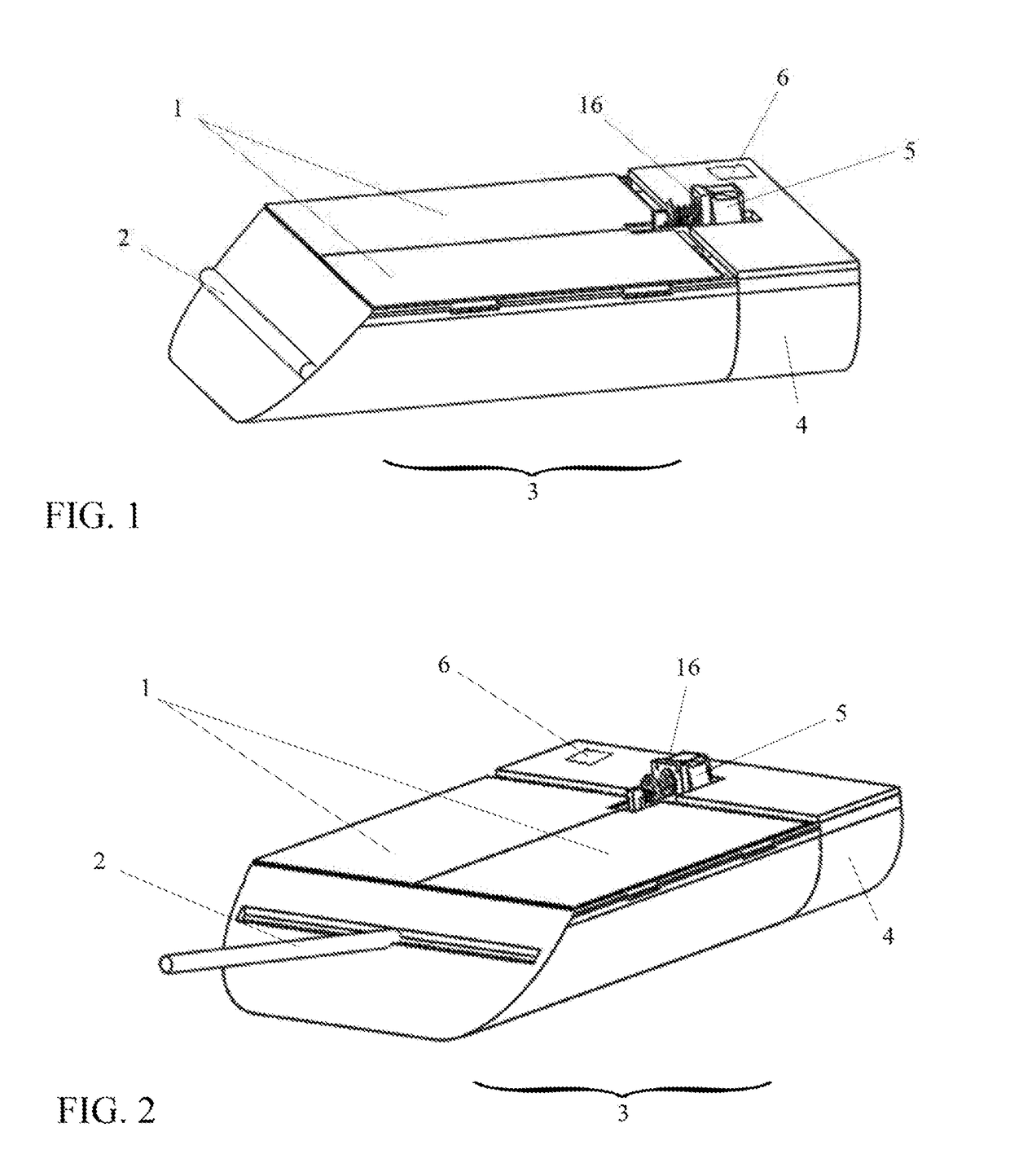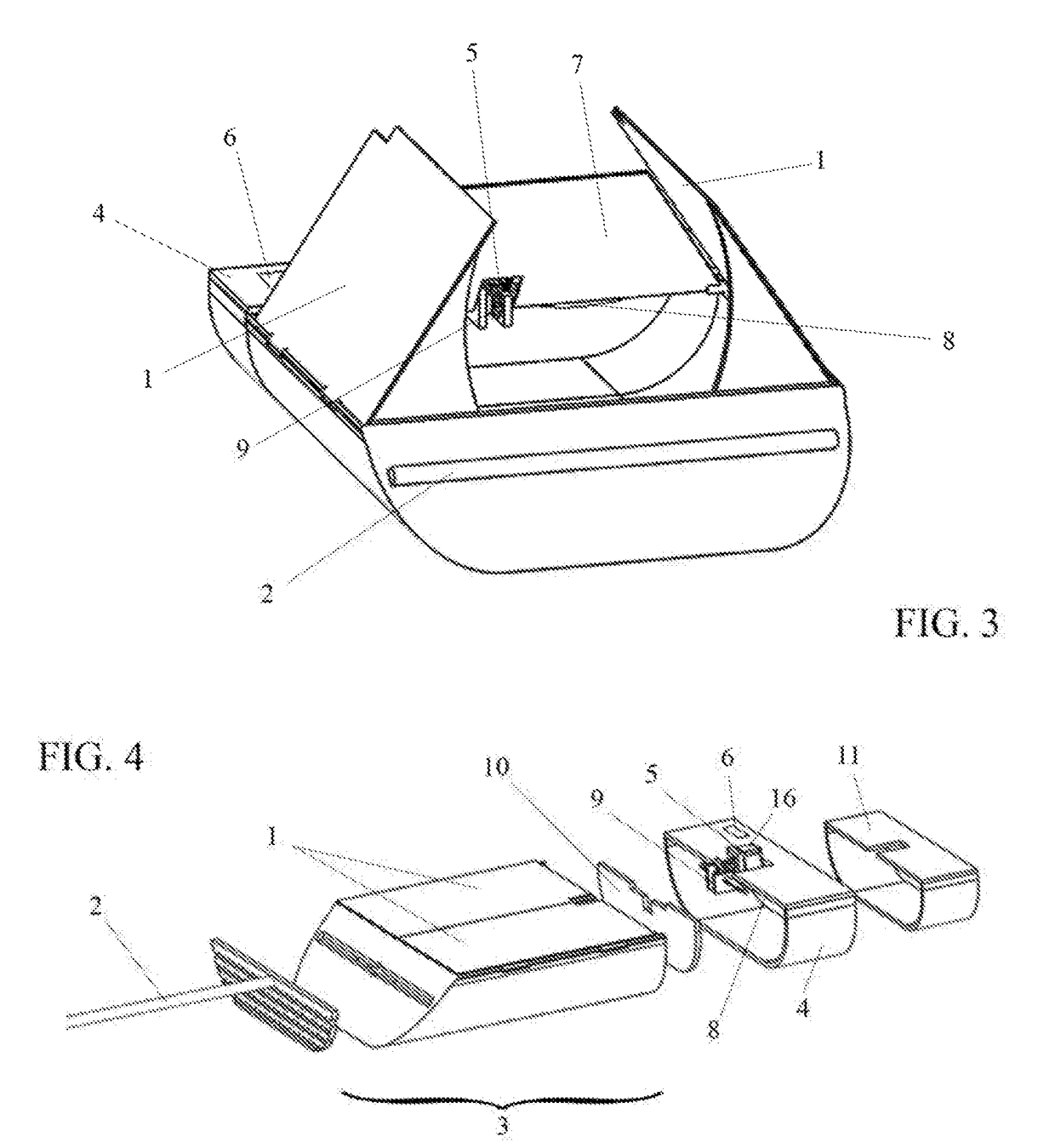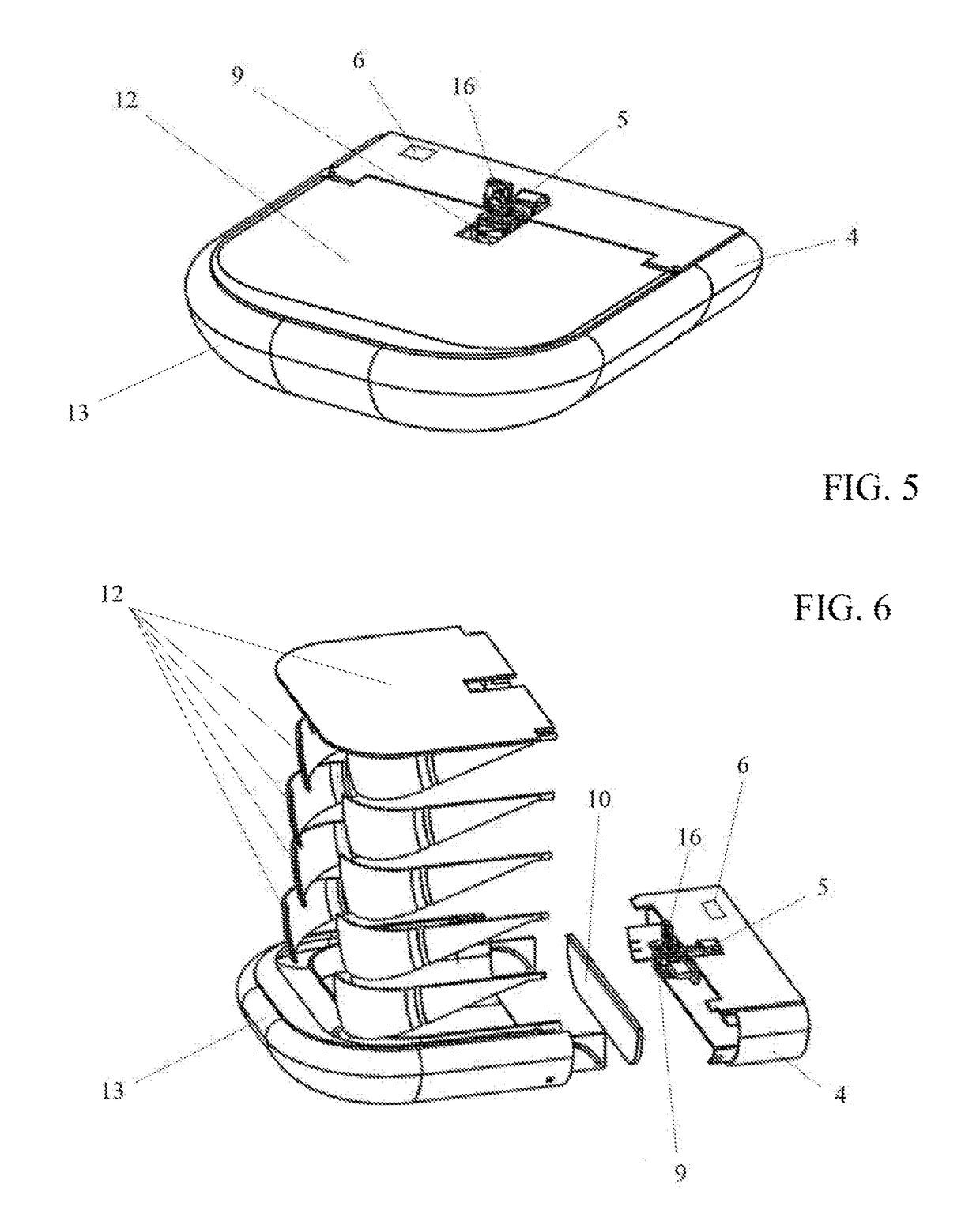Intelligent litter box that automatically closes for safety and odor control
a litter box and intelligent technology, applied in the field of intelligent litter boxes, can solve the problems of multi-pet households with the additional problem of cross-contamination of bacteria, the inability of most litter boxes and the inability to control the odor released by most litter boxes, so as to reduce the size of litter boxes and monitor the frequency and weight of was
- Summary
- Abstract
- Description
- Claims
- Application Information
AI Technical Summary
Benefits of technology
Problems solved by technology
Method used
Image
Examples
Embodiment Construction
[0039]Certain terminology is used in the following description for reference only and is not limiting. The words “front,”“rear,”“anterior,”“posterior,”“lateral,”“medial,”“upper,”“lower,”“outer,”“inner,” and “interior” refer to directions toward and away from, respectively, the geometric center of the invention, and designated parts thereof, in accordance with the present disclosure. Unless specifically set forth herein, the terms “a,”“an,” and “the” are not limited to one element, but instead should be read as meaning “at least one.” The terminology includes the words noted above, derivatives thereof, and words of similar import.
[0040]The present invention relates in general to litter boxes, and, more specifically, to an intelligent litter box that regulates access by opening and closing in order to suppress odor, disinfect contents, monitor frequency and weight of waste, and shrink litter box size. As contemplated by the present disclosure, the intelligent litter box comprises inte...
PUM
 Login to View More
Login to View More Abstract
Description
Claims
Application Information
 Login to View More
Login to View More - R&D
- Intellectual Property
- Life Sciences
- Materials
- Tech Scout
- Unparalleled Data Quality
- Higher Quality Content
- 60% Fewer Hallucinations
Browse by: Latest US Patents, China's latest patents, Technical Efficacy Thesaurus, Application Domain, Technology Topic, Popular Technical Reports.
© 2025 PatSnap. All rights reserved.Legal|Privacy policy|Modern Slavery Act Transparency Statement|Sitemap|About US| Contact US: help@patsnap.com



